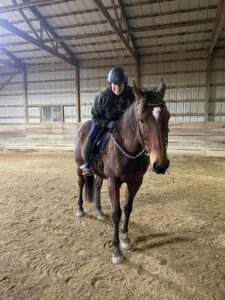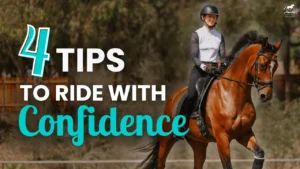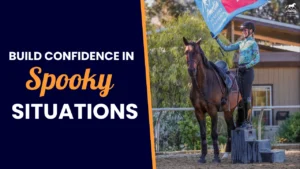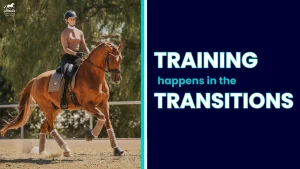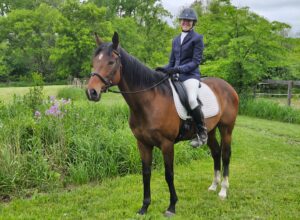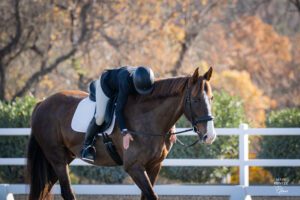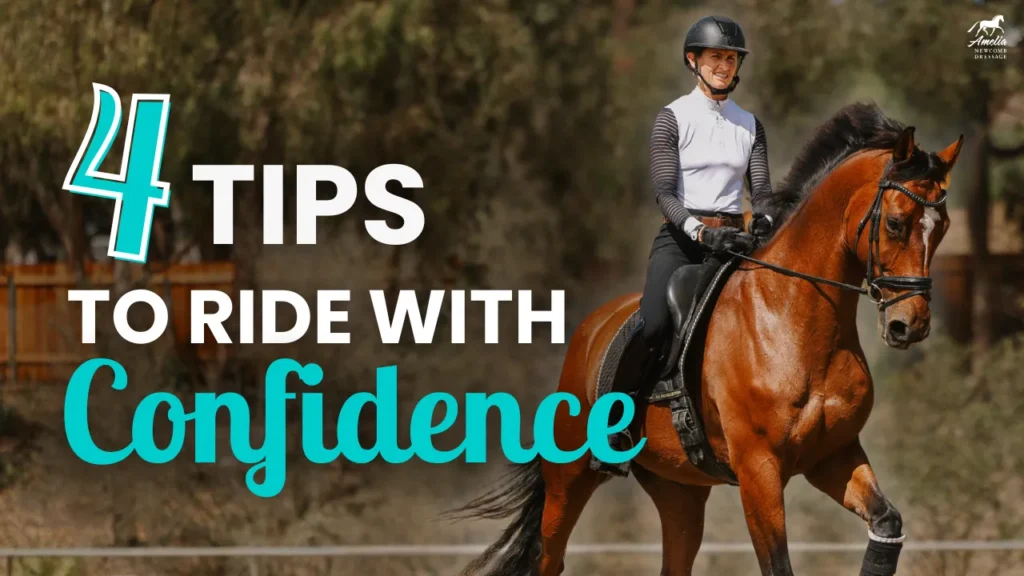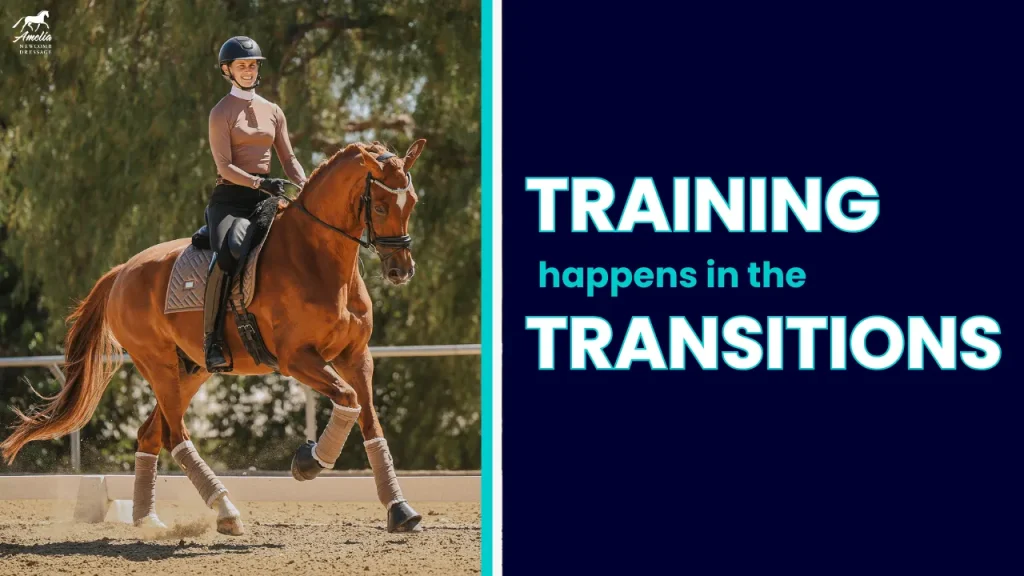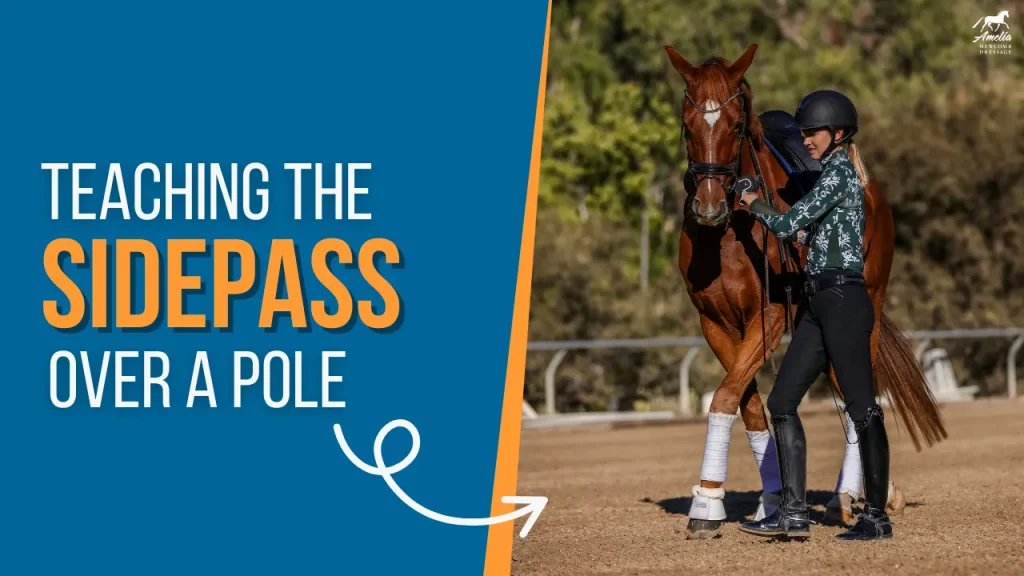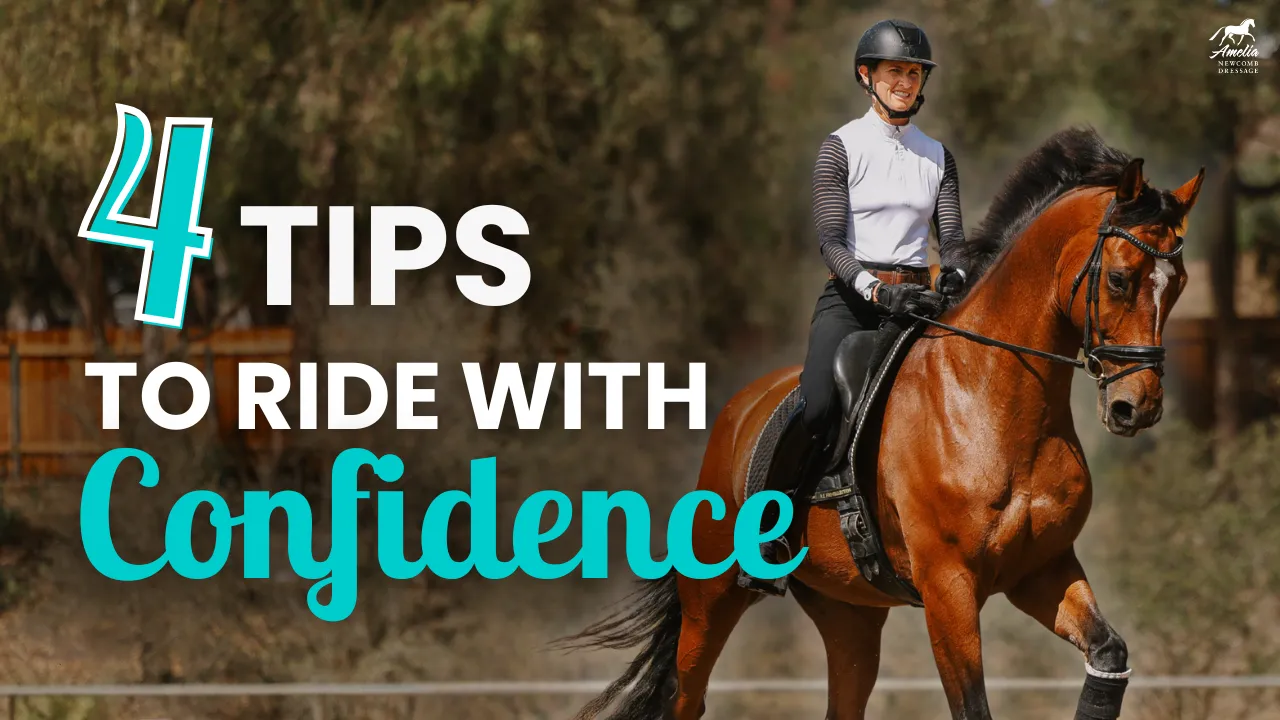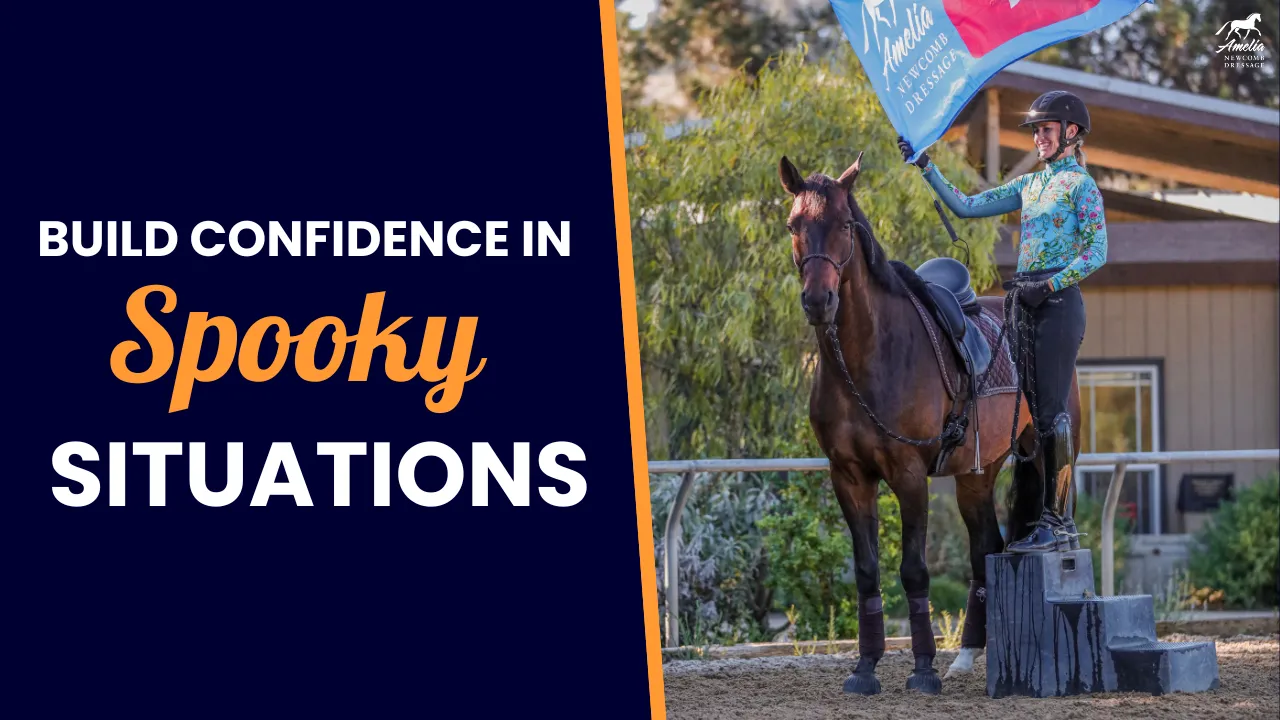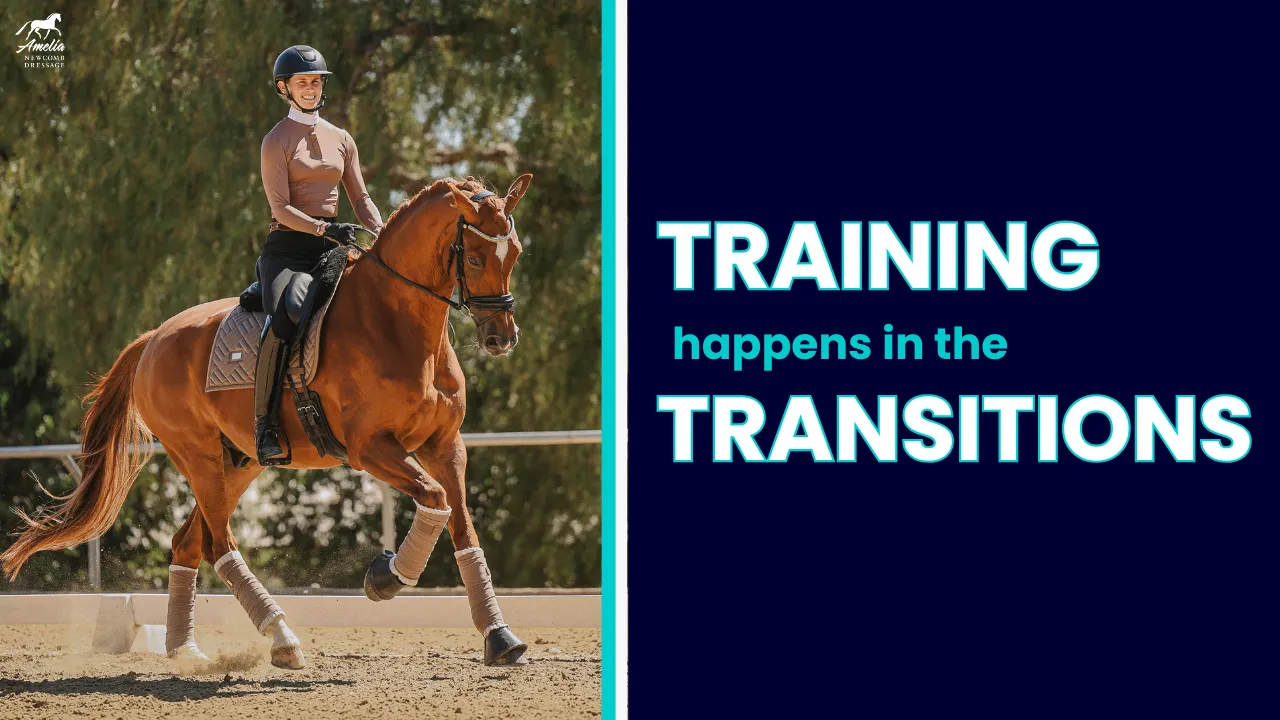Shoulder-in is one of the most important movements to master in Dressage. This movement, if done properly, teaches the horse engagement, collection, straightness, and gives the rider control of the horses’ body. Shoulder-in is also the preparation for pirouettes, half pass, and getting the horse straight. Shoulder-in can be used to correct many training problems in Dressage!!
What is shoulder in?
Shoulder-in is an engaging and collecting exercise where the horse travels down the rail at an angle with the hind end on the rail and the outside shoulder off of the rail. The horse should be bent to the inside of the arena and should make 3 tracks: outside hind leg, inside hind leg and outside front leg, and inside front leg. Shoulder-in is the preparation for half-pass and pirouette and is an important movement for creating engagement, suppleness, and straightness in the horse.
What are the aids for shoulder in?
The outside rein and the outside upper leg of the rider bring the shoulder off the rail. The rider should be weighting the inside seat bone and should have the inside leg at the girth and the outside leg behind the girth. The inside leg at the girth is used to keep the horse on the rail and the outside leg behind the girth is used to keep the haunches from falling out. The inside rein helps maintain the bend and the outside rein and leg keep the horses’ shoulder’s off of the rail.
Common Mistakes in Shoulder- In
1. Neck-in
Often riders just over bend the horses’ neck instead of bringing the shoulder-in. In order to correct this, use more outside rein and outside leg (the upper leg and thigh mainly) to bring the outside shoulder in from the rail. When you look at the rail, you should be able to fit a human between your horses’ outside shoulder and the rail.
2. Rider puts the inside leg back and outside leg forward.
In shoulder-in the horse must stay bent around the inside leg. Therefore the inside leg must stay at the girth and the outside leg behind the girth. The horse must understand to move away from the inside leg at the girth but often the horse is not responsive enough to the leg at the girth and the rider brings the inside leg back to get the desired effect.
3. Shoulder in left and right are not the same
Most horses are not symmetrical and the shoulder-in is easier for them in one direction than another. In training, we must make our horses straighter and more symmetrical so that the right and left shoulder-in are the same.
